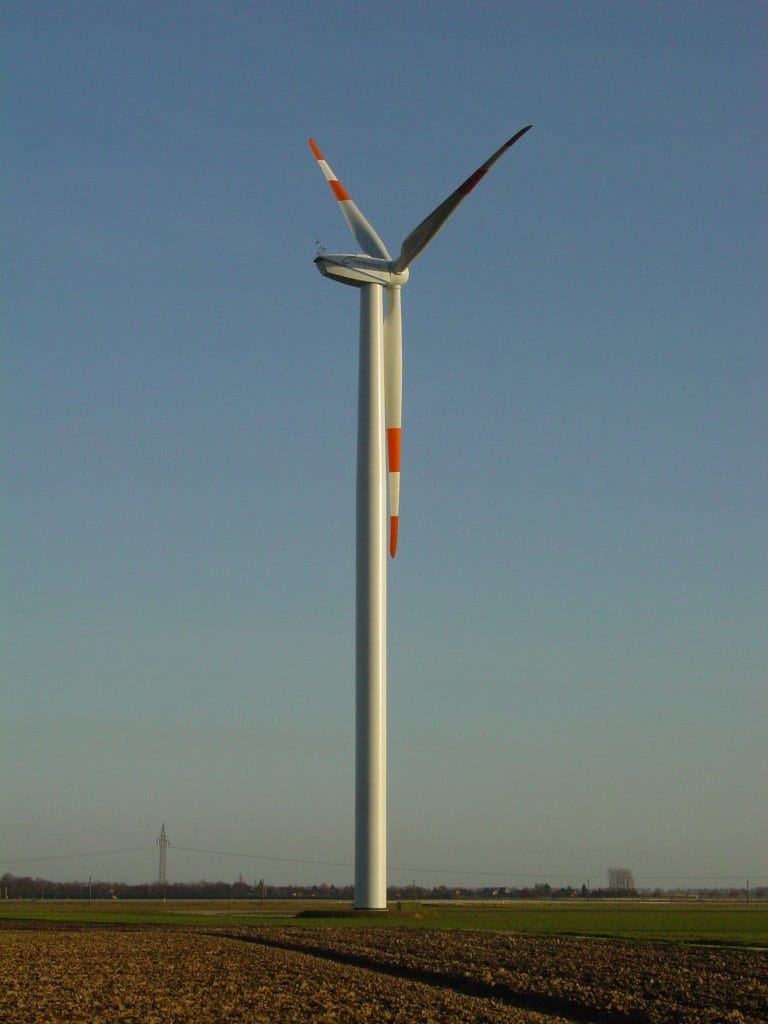Germany Builds World's Tallest Wind Turbine: A 300-Meter Giant That Could Transform Renewable Energy
Germany has quietly begun construction on what will become the world's tallest wind turbine, standing at an unprecedented 300 meters tall – nearly the height of the Eiffel Tower. This engineering marvel isn't just breaking records; it's potentially reshaping how we harness wind energy in regions previously considered unsuitable for large-scale wind power generation.
Engineering the Impossible
The massive structure, being developed by German renewable energy company Max Bögl Wind AG in collaboration with General Electric, represents a quantum leap in wind turbine technology. At 300 meters (984 feet) in height, this hybrid concrete-steel tower will dwarf the current record holder by nearly 80 meters.
What makes this project particularly innovative is its hybrid construction method. The lower portion uses a concrete base that provides exceptional stability, while the upper section employs traditional steel construction. This combination allows the turbine to reach unprecedented heights while maintaining structural integrity against powerful wind forces.
Why Height Matters in Wind Energy
The physics behind wind energy make height crucial for efficiency. Wind speeds increase exponentially with altitude, and the consistency of wind patterns improves dramatically above 200 meters. At 300 meters, the new German turbine will access wind resources that are 25-30% stronger and more consistent than those available to conventional turbines.
Dr. Andreas Reuter, lead engineer on the project, explains: "Every additional meter of height translates to significantly more energy generation. At 300 meters, we're entering a wind regime that's almost entirely untapped by current technology."
The turbine's massive rotor diameter of 200 meters means its swept area will capture wind across nearly 31,000 square meters – equivalent to about four football fields. This enormous capture area, combined with the superior wind conditions at extreme height, could generate up to 15 megawatts of power, enough to supply approximately 12,000 households.
Breaking Through Geographic Barriers
Perhaps most significantly, this technology could unlock wind energy potential in regions traditionally considered unsuitable for wind farms. Many inland areas, particularly in Central Europe, experience inconsistent wind patterns at lower altitudes but have strong, steady winds at heights above 250 meters.
The German project is located in Gaildorf, Baden-Württemberg, an area with relatively modest wind resources at conventional turbine heights. By reaching 300 meters, the installation can tap into the stronger wind currents that flow consistently above the region's hills and forests.
Economic and Environmental Impact
The economic implications are substantial. While the initial construction costs are approximately 40% higher than conventional turbines, the increased energy output means the cost per megawatt-hour could be 15-20% lower over the turbine's 25-year lifespan.
From an environmental perspective, the turbine's efficiency gains are remarkable. A single 300-meter turbine can generate the same amount of electricity as 2.5 conventional turbines while requiring only one foundation and access road. This dramatically reduces the environmental footprint of wind installations.
The project also incorporates energy storage innovation. The concrete base doubles as a pumped-storage hydroelectric facility, using excess wind energy to pump water upward during peak generation periods and releasing it through turbines during calm periods.
Global Implications
Several countries are closely monitoring Germany's progress. China has announced plans for three similar projects, while developers in the United States and Denmark are exploring licenses for the technology. The success of this project could trigger a new generation of super-tall wind turbines worldwide.
Industry analysts predict that if successful, 300-meter turbines could increase global wind energy capacity by 30-40% by making previously unsuitable locations viable for wind development.
The Future of Wind Energy
Germany's 300-meter wind turbine represents more than just an engineering achievement – it's a glimpse into the future of renewable energy infrastructure. By pushing the boundaries of what's possible in wind turbine design, Germany is once again positioning itself at the forefront of the global energy transition.
As the world races to meet ambitious climate targets, innovations like this super-tall turbine could prove crucial in maximizing renewable energy generation while minimizing environmental impact. The project, expected to begin operation in late 2024, will serve as a critical test case for the next generation of wind energy technology.
The success of this towering achievement could quite literally elevate wind energy to new heights across the globe.
